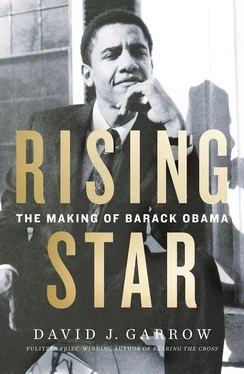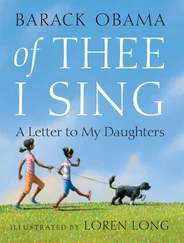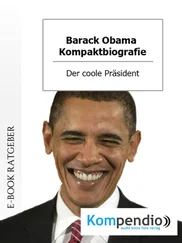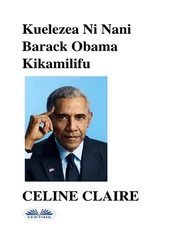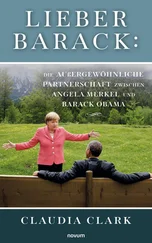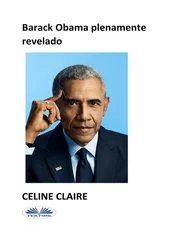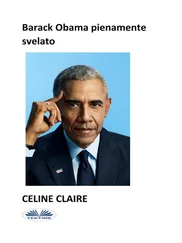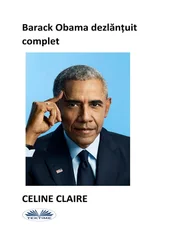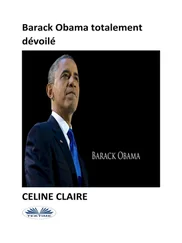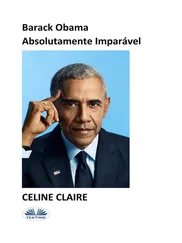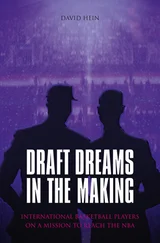Despite what was readily available in the neighborhood, “Frank never really did drugs, though he and Stan would smoke pot together,” Dawna remembered. Stan had told Frank about his exceptionally bright interracial grandson well before August 1970. According to Dawna, “Stan had been promising to bring Barry by because we all had that in common—Frank’s kids were half-white, Stan’s grandson was half-black, and my son was half-black.” Decades later she could still picture the afternoon when Stan brought young Barry along to first meet Frank: “Hey, Stan! Oh, is this him?” She remembers that over the next nine or ten years, Stan brought his grandson with him again and again when he went to visit Frank, and as Barry got older, Stan encouraged him to talk with Davis on his own. Obama would remember, “I was intrigued by old Frank,” and years later his younger half sister, Maya Kassandra Soetoro, who was born on August 15, 1970, during her brother’s visit with their grandparents in Hawaii, described Stanley telling her that Davis “was a point of connection, a bridge if you will, to the larger African American experience for my brother.” Once Obama entered politics, Davis’s Communist background plus his kinky exploits made him politically radioactive, and Obama would grudgingly admit only to having visited Davis maybe “ten to fifteen times.” 22
Soon after Ann Dunham Soetoro’s second child was born, Madelyn Dunham, along with her grandson, flew to Jakarta to see her new granddaughter and to meet Lolo’s mother and family. Within weeks nine-year-old Barry was back at Besuki school to start fourth grade. The boy who sat next to him, Widiyanto Hendro, later “said Obama sometimes struggled to make himself understood in Indonesian and at times used hand signals to communicate.” The summer in Honolulu had not improved his limited grasp of the Indonesian language, and Lolo’s relatives who saw Barry during his fourth-grade school year noted how much chubbier he had become during his now three-plus years in Indonesia.
For more than a year in Honolulu, Lolo Soetoro had served as Barry’s off-site stepfather, often roughhousing with him and also playing chess with Stanley at the Dunhams’ home. Then, in Jakarta, Barry lived with Lolo on a daily basis for just more than three years, and throughout that time the young boy was impressed with Lolo’s knowledge and self-control, especially the latter. “His knowledge of the world seemed inexhaustible,” particularly with “elusive things,” such as “managing the emotions I felt,” Obama would later write. Lolo’s own temperament was “imperturbable,” and Barry “never heard him talk about what he was feeling. I had never seen him really angry or sad. He seemed to inhabit a world of hard surfaces and well-defined thoughts.”
Three decades later, after Obama’s memoir Dreams From My Father was published, he would select the brief portrait of Lolo he had written when asked to give a short reading from his book. In that scene, young Barry asks his stepfather if he has ever seen someone killed, and when Lolo reluctantly says yes, Barry asks why. “Because he was weak,” Lolo answers. Barry was puzzled. Strong men “take advantage of weakness in other men,” Lolo responds, and asks Barry, “Which would you rather be?” Lolo declares, “Better to be strong. If you can’t be strong, be clever and make peace with someone who’s strong. But always better to be strong yourself. Always.”
In subsequent years, Obama would believe that by 1970–71, Lolo’s acclimation to his new job with Union Oil led Ann to become increasingly disillusioned with her second husband’s evolution into an American-style business executive. Obama admired Lolo’s “natural reserve” if not his “remoteness,” and believed his mother’s growing disappointment with Lolo led her to use an image of his absent father to persuade her son to pursue a life of idealism over comfort. “She paints him as this Nelson Mandela/Harry Belafonte figure, which turns out to be a wonderful thing for me in the sense that I end up having a very positive image” of my father, Obama would later recount. “I had a whole mythology about who he was,” a “mythology that my mother fed me.” But his memories of Lolo from 1970–71 would become dismissive. “His big thing was Johnnie Walker Black, Andy Williams records,” Obama recalled. “I still remember ‘Moon River.’ He’d be playing it, sipping, and playing tennis at the country club. That was his whole thing. I think their expectations diverged fairly rapidly” after 1970.
Some scholars would later credit “the Javanese art of restraint, of not displaying emotions, of never raising your voice,” all of which young Barry witnessed in Lolo, with deeply influencing Obama. Lolo “was as close to a father figure as Obama ever had,” albeit briefly, and “the lessons Obama learned from Jakarta and Lolo,” particularly not “disclosing too much about how one feels,” supplied the human template for Obama’s own practice and appreciation of the “benefit of managing emotions,” a second commentator would conclude.
In subsequent years, when asked about the impact on him of his three-plus years in Indonesia, Obama more often cited an external perception—“I lived in a country where I saw extreme poverty at a very early age”—than any internal conclusions or emotional lessons. “It left a very strong mark on me living there because you got a real sense of just how poor folks can get,” he told one questioner twenty years later. “I was educated in the potential oppressiveness of power and the inequality of wealth,” he told another. “I witnessed firsthand the huge gulf between rich and poor” and “I think it had a tremendous impact on me,” he explained more than once. Such an insistent theme would lead one smart journalist to assert years later that for Obama, “Indonesia was the formative experience.” 23
Sometime soon after his tenth birthday, in early August 1971, Barry again flew from Jakarta to Honolulu. As he had the previous summer, he would live with his grandparents, and in September he began fifth-grade classes at Punahou School, just a four-block walk up Punahou Street. Families of fifth (and sixth) graders received a “narrative conference report form three times during the school year. No letter grades are given. At the initial conference during the fall, achievement test scores, the class standing and a detailed written evaluation of progress in each subject area will be discussed.” Four major subject areas—Language Arts, Social Studies, Mathematics, and Science—were supplemented by a weekly arts class, a music class, and four sessions of physical education. A year’s tuition was $1,165. With two well-employed parents, plus his grandparents—Madelyn nine months earlier had been named one of Bank of Hawaii’s first two women vice presidents—Obama did not receive any form of financial aid.
For Mathematics and Science, Barry was taught by twenty-five-year-old Hastings Judd Kauwela “Pal” Eldredge, who had graduated from Punahou seven years earlier and earned his undergraduate degree at Brigham Young University. For Language Arts and Social Studies, in 307 Castle Hall, Barry had his homeroom teacher, fifty-six-year-old Mrs. Mabel Hefty, a 1935 graduate of San Francisco State College who had taught at Punahou since 1947 and had spent a recent sabbatical year teaching in Kenya. At Punahou, fifth graders had homework, and after a brief period of Barry tackling it at the Dunhams’ dining room table, Stan asked Alec Williamson, his insurance agency friend, to build a desk to go in Barry’s small bedroom. In return, Barry offered Williamson a guitar he had lost interest in. (Williamson still had it more than forty years later.)
As an adult, Obama would praise Hefty for making him feel entirely welcome and fully at home among classmates, most of whom had been together since kindergarten or first grade. Hefty split her class into groups of four at shared desks; Barry was with Ronald Loui, Malcolm Waugh, and Mark “Hebs” Hebing, his best friend that year. “Mrs. Hefty was a great teacher,” Hebing recalled. “One of the first things we had to do” was “memorize the Gettysburg Address”—“the whole thing.” In Hebing’s memory forty years later, Barry was the first student to succeed.
Читать дальше
